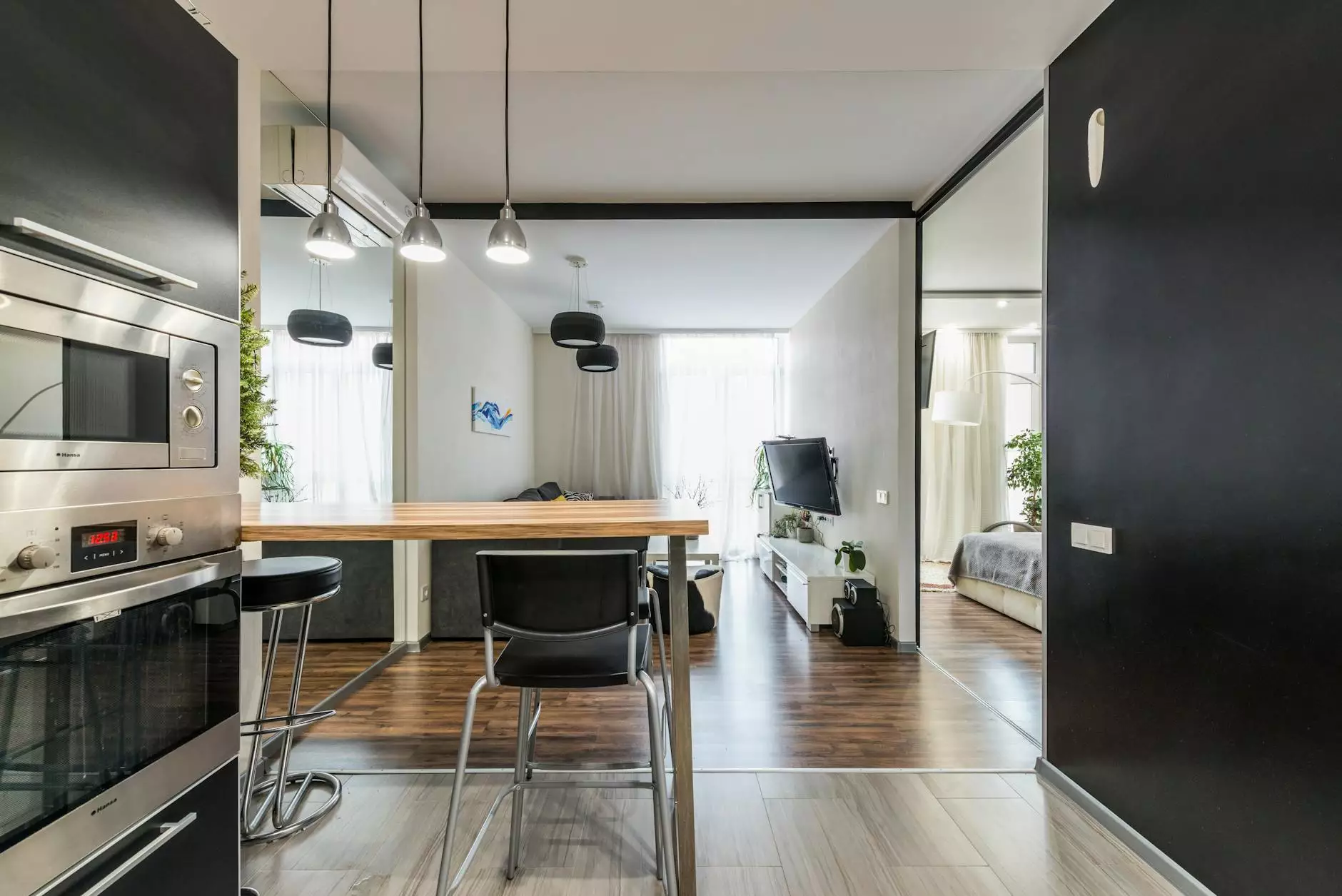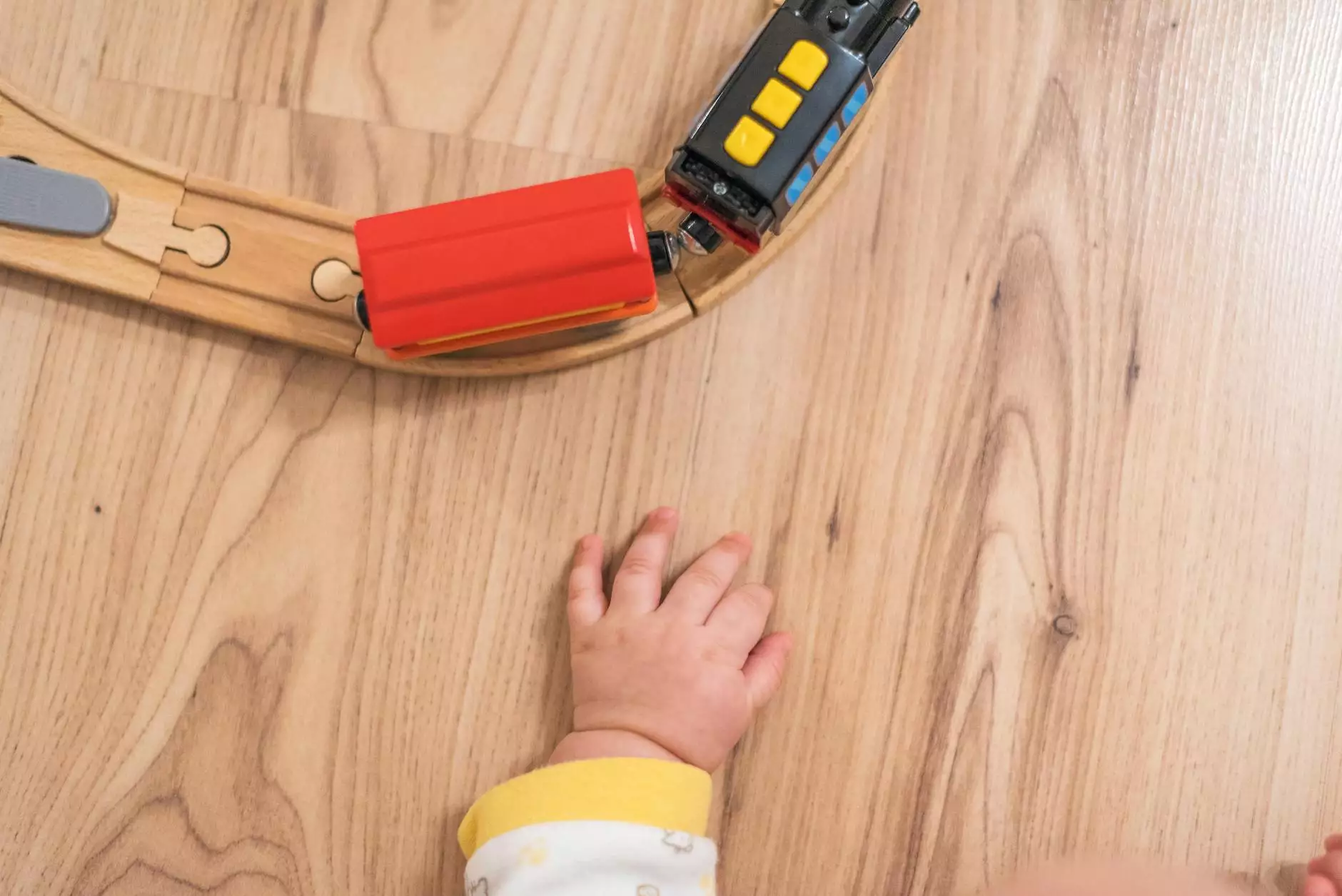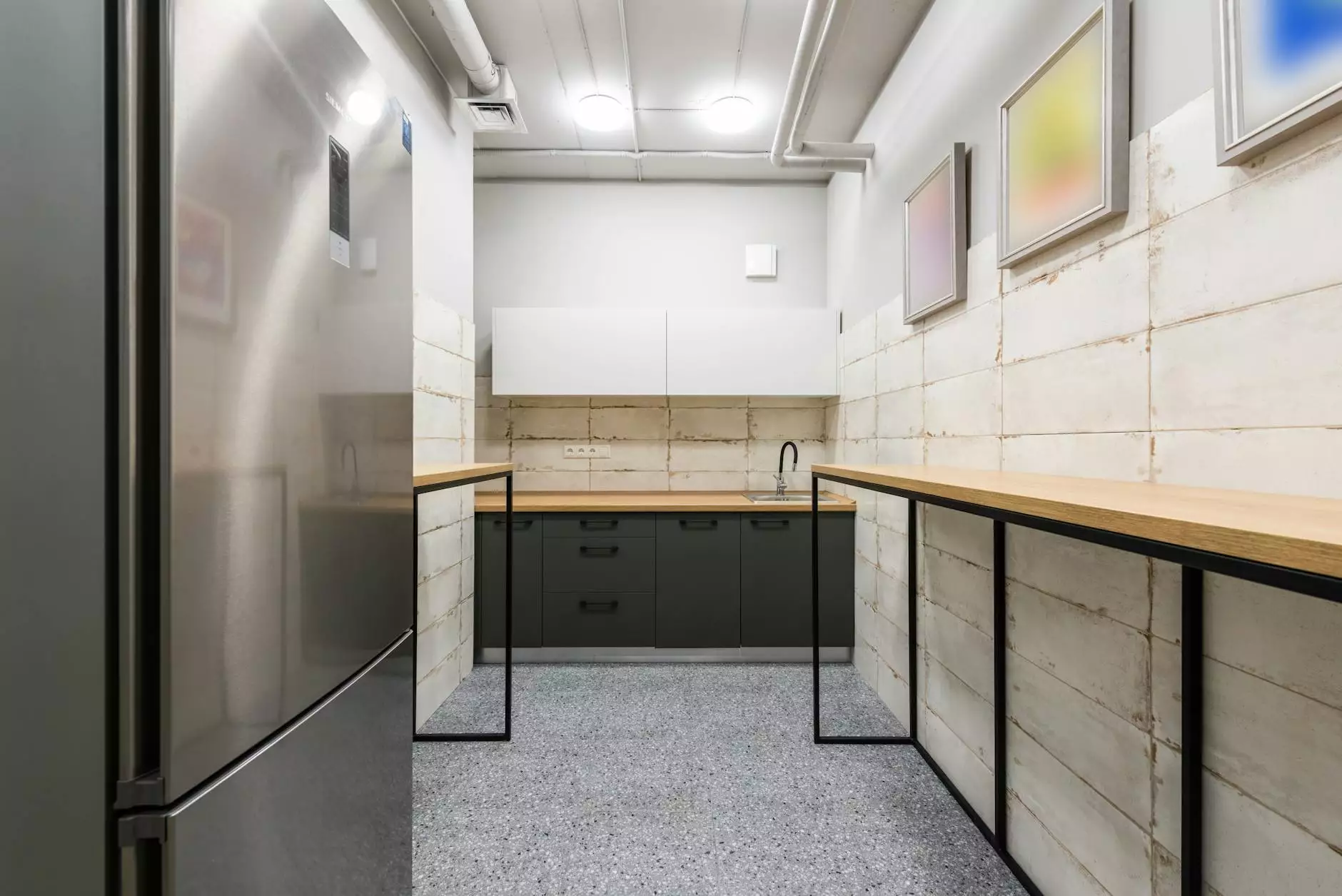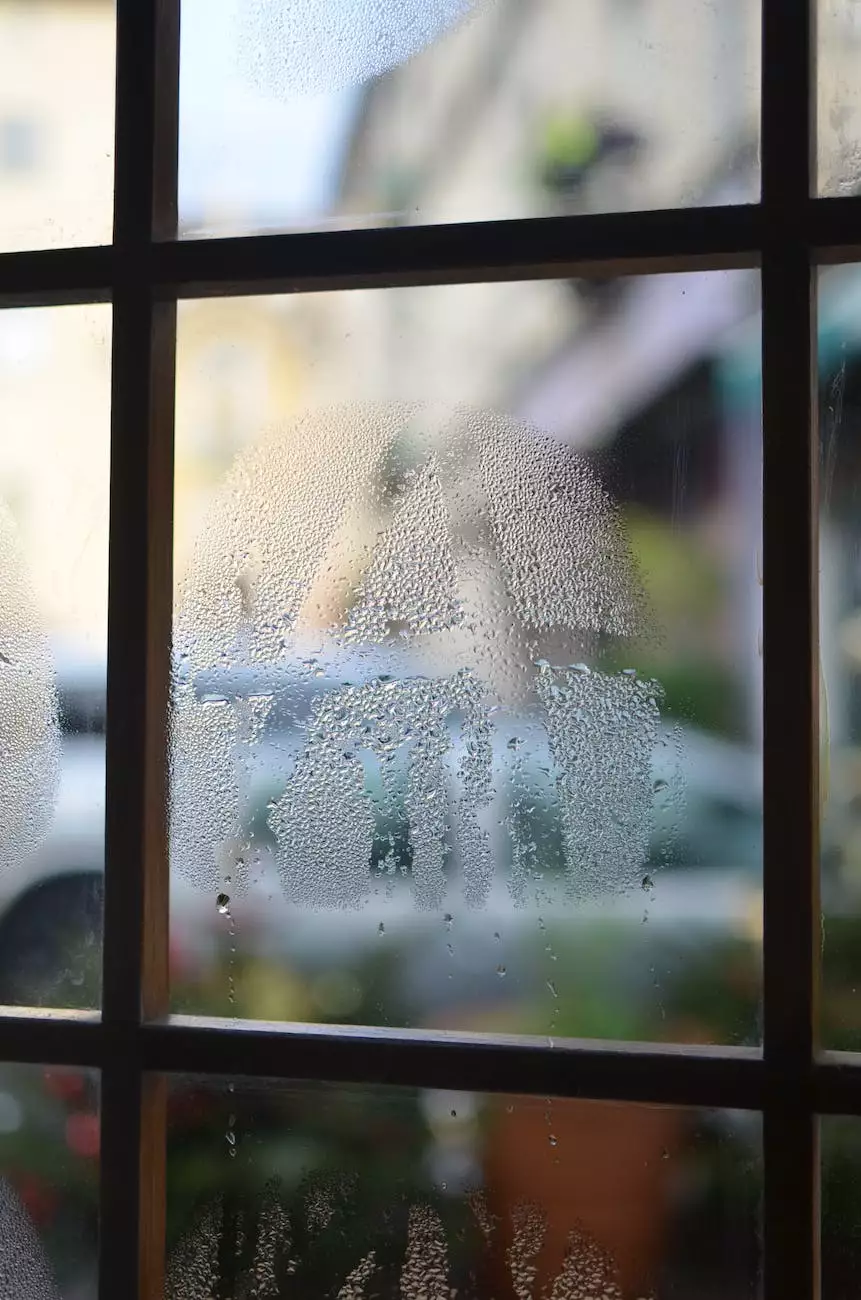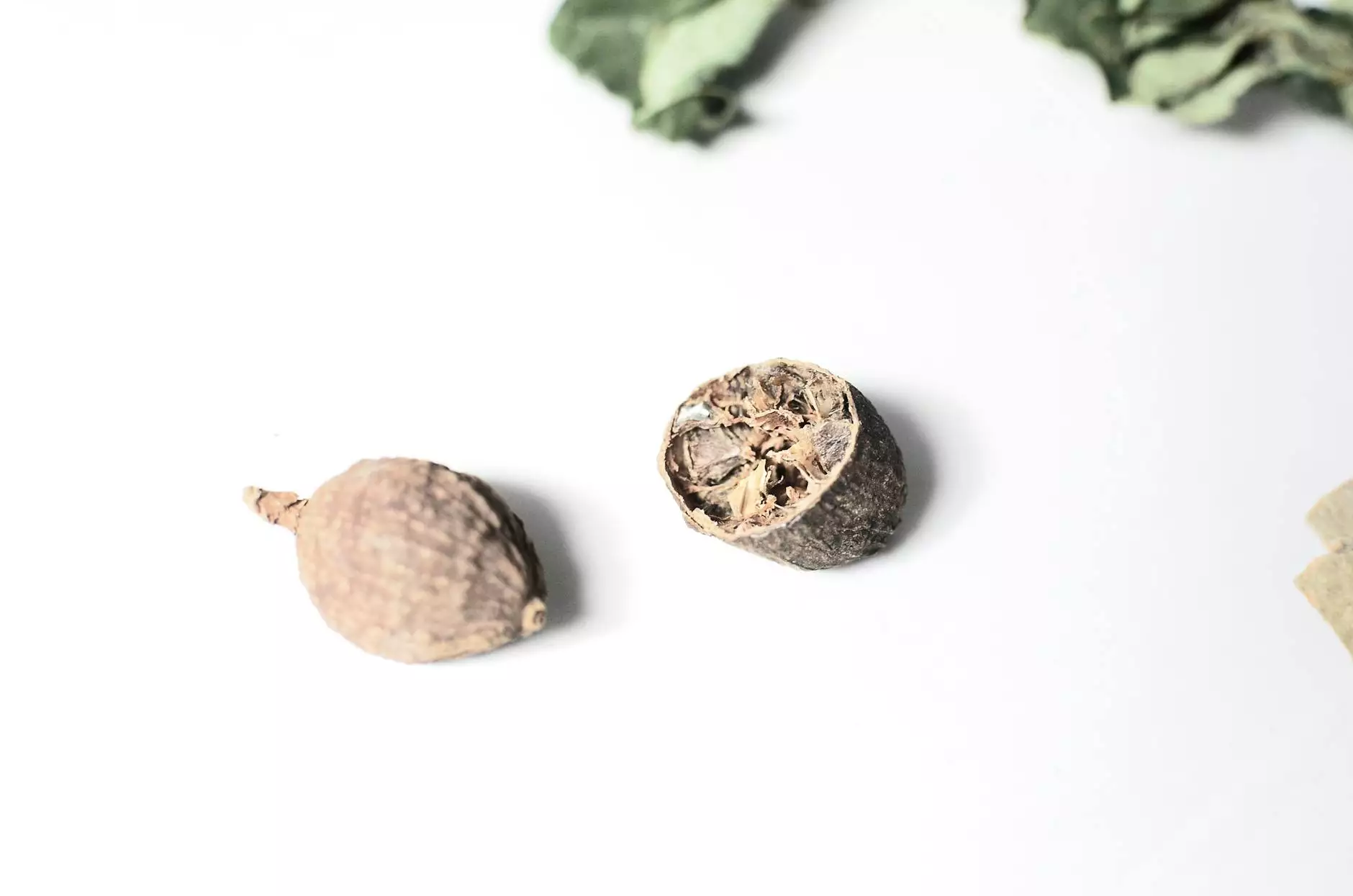Composting in Small Spaces

Introduction
Welcome to Clauson Construction's comprehensive guide on composting in small spaces. Whether you live in a city apartment or have limited outdoor area, this guide will show you how to turn kitchen scraps and yard waste into nutrient-rich compost for your plants. By following these techniques, you can reduce waste, improve soil quality, and contribute to a healthier environment.
Why Compost?
Composting is a natural process that transforms organic waste into a nutrient-rich soil amendment. It helps reduce landfill waste and greenhouse gas emissions by diverting organic materials from the trash. Additionally, compost enriches the soil with essential minerals and beneficial microorganisms, leading to healthier plants, increased water retention, and improved soil structure.
Choosing the Right Containers
When composting in small spaces, selecting the appropriate containers is crucial. Look for compact, odor-resistant containers that fit well in your designated area. Consider using airtight containers with built-in filters to minimize odors and prevent pests from accessing the compost. You can also opt for specialized composting bins designed for small-scale composting, such as worm bins or tumblers.
Materials for Composting
For successful composting, it is essential to balance the carbon-to-nitrogen ratio in your compost bin. Carbon-rich materials include dry leaves, straw, shredded paper, and cardboard. Nitrogen-rich materials include kitchen scraps, grass clippings, and garden trimmings. It's important to avoid adding meat, dairy, or oily products to your compost, as they can attract pests.
Aerating and Turning
Adequate aeration is crucial for composting. Regularly turn or aerate your compost pile to provide oxygen to the microorganisms responsible for decomposition. Using a pitchfork or compost turning tool, make sure to mix the materials thoroughly. This process helps speed up decomposition and prevents the formation of foul odors.
Managing Moisture
Compost needs to maintain the right moisture level to support decomposition. Aim for a damp sponge-like consistency. If your compost is too dry, add water to moisten it. Conversely, if it becomes too wet, add dry materials such as shredded newspaper or dry leaves to absorb excess moisture. Managing moisture will help maintain optimal conditions for microbial activity.
Monitoring and Troubleshooting
Regularly monitor your compost pile for any signs of issues. Common problems include foul odors, pest infestations, or slow decomposition. Foul odors may indicate improper aeration or excessive moisture, while pests can be controlled by sealing the compost container or adding a layer of fine mesh. If decomposition seems slow, check the carbon-to-nitrogen ratio and adjust the compost accordingly.
Harvesting and Using Compost
Once your compost is fully decomposed, it's time to harvest and use it. Compost is ready when it has a dark, crumbly texture and earthy smell. Use a screen or sieve to sift out any large materials that are not yet fully decomposed. Incorporate the finished compost into your garden soil, potted plants, or indoor gardens. It provides valuable nutrients and improves soil structure.
Conclusion
Composting in small spaces is an excellent way to reduce waste and create nutrient-rich compost for your plants. By following Clauson Construction's guide, you can successfully compost in limited areas, contributing to a greener and more sustainable environment. Start composting today and experience the benefits of this natural and eco-friendly gardening practice.
